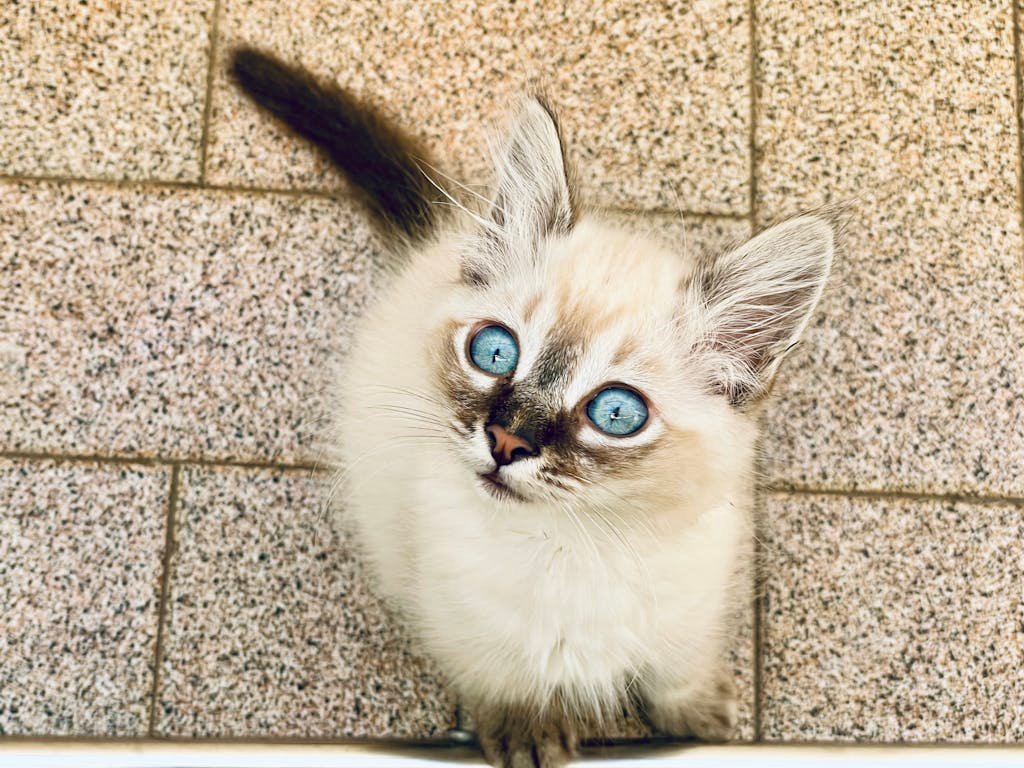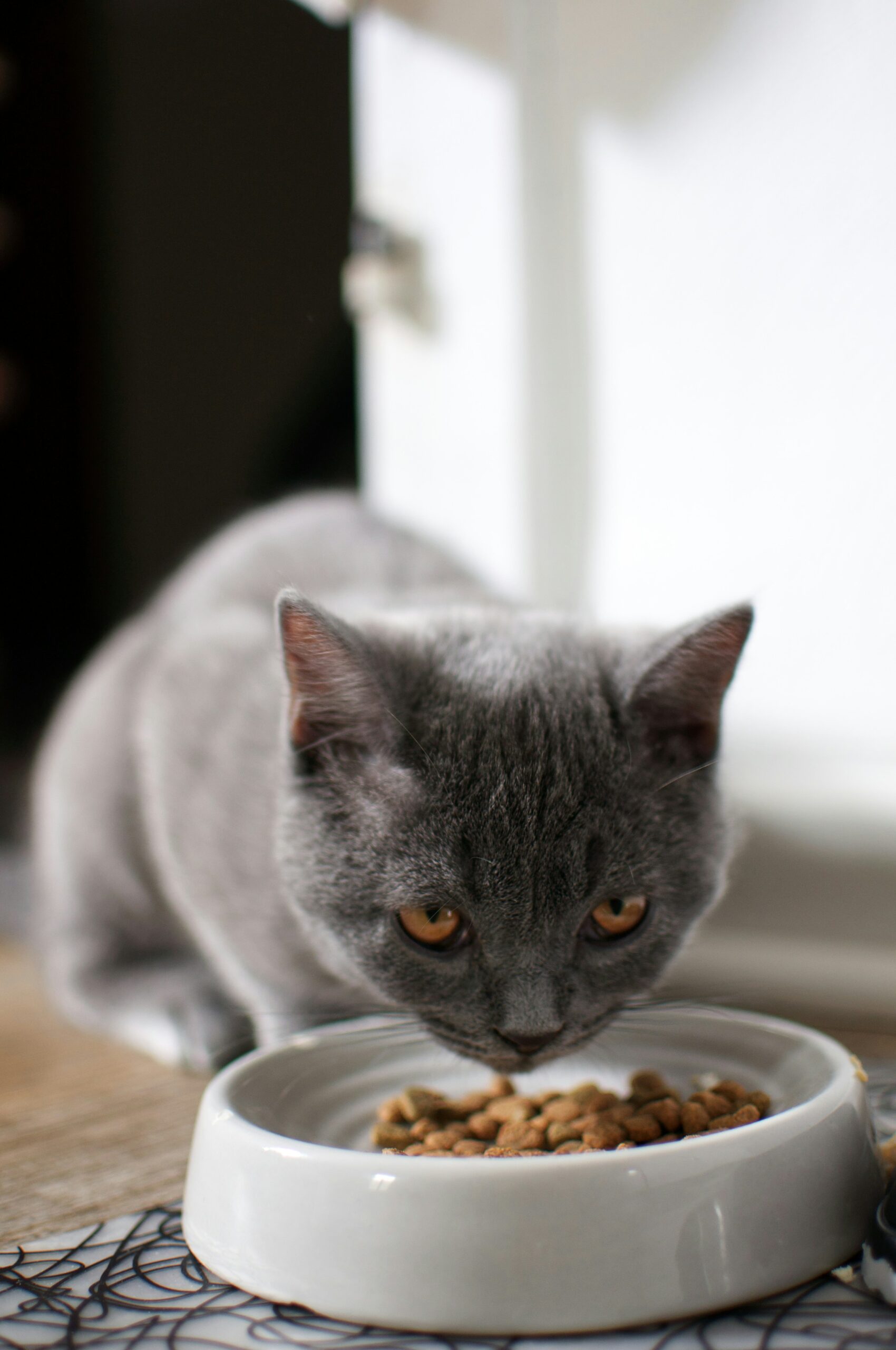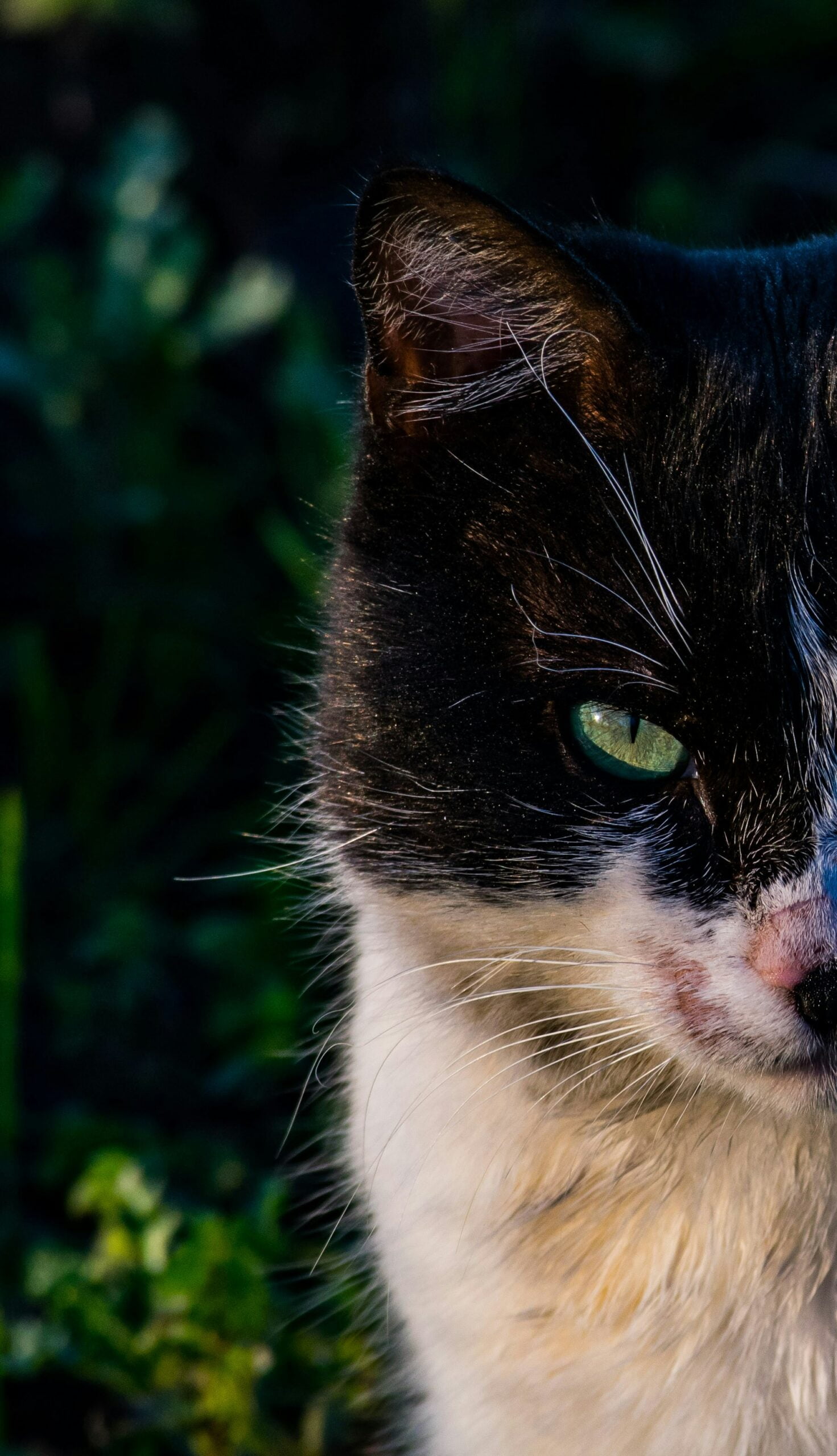
Why Cats Stop Using the Litter Box
Having a cat that suddenly stops using the litter box can be frustrating for any pet owner. However, it is important to approach this issue with patience and understanding. There are several reasons why a cat may stop using the litter box, and identifying the underlying cause is crucial in finding a solution.
One of the most common reasons for this behavior is a medical issue. Cats may develop urinary tract infections, bladder stones, or other health problems that make it painful or uncomfortable for them to urinate. In such cases, the cat may associate the litter box with pain and choose to avoid it altogether.
Another possible reason is stress or anxiety. Cats are sensitive creatures and can be easily stressed by changes in their environment, such as moving to a new home, the addition of a new pet, or even changes in their daily routine. This stress can lead to litter box aversion as the cat seeks alternative places to relieve themselves.
Other factors that can contribute to a cat’s refusal to use the litter box include dirty or unpleasant litter, a dislike for the litter type or box style, and territorial issues with other cats in the household.
Steps to Take When Your Cat Stops Using the Litter Box
When faced with a cat that has stopped using the litter box, it is important to take a systematic approach to address the issue. Here are some steps you can take to help resolve the problem:
1. Rule Out Medical Issues
The first step is to consult with your veterinarian to rule out any underlying medical conditions. Your vet may recommend a thorough examination, including urine and blood tests, to identify any health problems that may be causing the litter box aversion. If a medical issue is identified, appropriate treatment can be prescribed.
2. Evaluate the Litter Box Setup
Next, carefully evaluate the litter box setup in your home. Consider the following factors:
- Litter Box Location: Is the litter box easily accessible to your cat? It should be placed in a quiet, low-traffic area where the cat feels safe and secure.
- Litter Box Type: Cats have individual preferences when it comes to litter box styles. Some prefer covered boxes for privacy, while others prefer open ones. Experiment with different types to see which one your cat prefers.
- Litter Type: Cats also have preferences when it comes to litter texture and scent. Try different types of litter to find the one that your cat finds most comfortable.
- Cleanliness: Cats are clean animals and may avoid a dirty litter box. Make sure to scoop the litter box daily and completely change the litter at least once a week.
3. Reduce Stress and Anxiety
If you suspect that stress or anxiety is the cause of your cat’s litter box aversion, take steps to create a calm and secure environment for your pet:
- Provide a Safe Space: Set up a designated area in your home where your cat can retreat and feel safe. This can be a separate room or a cozy corner with a comfortable bed and toys.
- Stick to a Routine: Cats thrive on routine, so try to maintain a consistent schedule for feeding, playtime, and litter box cleaning.
- Use Pheromone Products: Feliway is a synthetic pheromone spray or diffuser that can help reduce stress in cats. Consider using it in the areas where your cat spends the most time.
- Provide Enrichment: Engage your cat in interactive play sessions and provide scratching posts, climbing trees, and puzzle toys to keep them mentally stimulated.
4. Reinforce Positive Litter Box Behavior
When your cat does use the litter box, make sure to praise and reward them with treats or affection. Positive reinforcement can help create a positive association with the litter box and encourage your cat to use it more consistently.
On the other hand, it is important to avoid punishment or scolding if your cat has an accident outside the litter box. This can create further anxiety and make the problem worse.
5. Consider Environmental and Social Factors
If you have multiple cats in your household, it is important to ensure that each cat has access to their own litter box. The general rule is to have one litter box per cat, plus an extra one. This helps prevent territorial issues and ensures that each cat has a private space to eliminate.
Additionally, if you have recently introduced a new pet or made changes to your home, such as remodeling or rearranging furniture, your cat may be reacting to these changes. Give your cat time to adjust and provide extra attention and reassurance during this period.
When to Seek Professional Help
In most cases, with patience and the right approach, you can successfully resolve litter box aversion in your cat. However, there are instances where professional help may be required:
- If your cat’s litter box aversion persists despite your efforts to address the issue.
- If your cat shows signs of pain or discomfort while attempting to use the litter box.
- If your cat displays other concerning behaviors, such as excessive vocalization, aggression, or changes in appetite or grooming habits.
In these situations, it is advisable to consult with a feline behaviorist or a veterinarian who specializes in behavior. They can provide further guidance and develop a tailored plan to help your cat overcome their litter box aversion.
Conclusion
Dealing with a cat that stops using the litter box can be a challenging and frustrating experience. However, by understanding the underlying reasons for this behavior and taking the appropriate steps, you can help your cat get back to using the litter box consistently.
Remember to be patient and avoid punishment, as this can exacerbate the problem. With time, consistency, and the right approach, you can successfully resolve litter box aversion and ensure a happy and healthy environment for both you and your feline companion.






